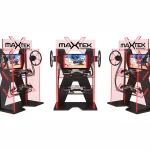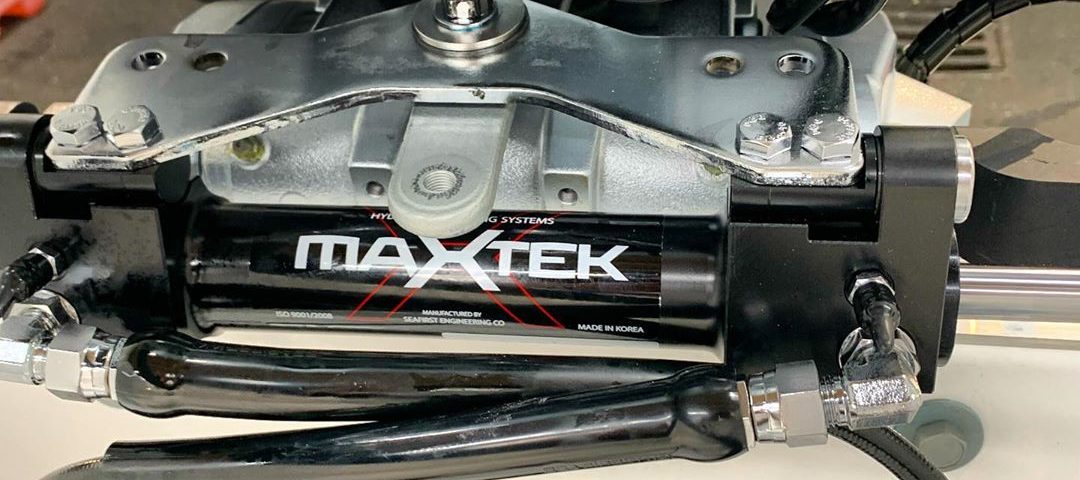
Factory Visit
December 13, 2019
Australian Distributor appointed
May 29, 2023Some tips for maintaining your steering system
Hydraulic steering is one of those systems that rarely makes the maintenance list but does need occasional checking. A system comprises of three components; a pump (with oil reservoir), a ram used to move a rudder or outboard engine, and hoses that move the oil between the pump and the ram.
Often, the first clue a hydraulic steering system is not quite right is the ‘feel’. Does it feel sloppy? Spongy? Slow to respond? Does it take more turns to go from lock to lock than it used to? If you answered yes to any of these questions’ chances are it needs a check-up.
The most probable cause is air in the system. However contaminated oil, or not enough oil, can also cause problems.
Trouble Shooting
Start at the helm
This is where the oil reservoir is located. Remove the reservoir’s cap and check the oil level. You might be able to peer into the opening, but if not insert a dip-stick such as a screw driver gently into the hole. If the fluid’s low, top it up using the manufacturer’s recommended oil.Insufficient fluid in the pump usually shows as “notchy” steering. The wheel shudders as you turn the helm. That’s because the pistons inside are grabbing air rather than fluid. Check for any obvious signs of leaking oil.If the oil level’s OK, check its condition. Hydraulic fluid should be clear, light-coloured and virtually odourless. If it’s smelly, dirty or milky the system should be flushed and the oil replaced.Contamination could be the result of debris the entered the system when it was initially installed. Or it could be caused by metal particles from a tired pump or ram.Milky fluid suggests there is water in the system. The best solution is to flush the entire system and replace the oil.
The steering ram
Carefully examine the ram’s stainless-steel shaft. It shouldn’t be wet with oil. If it is, wipe it dry, turn the helm from side to side and check it again. If the shaft is wet again, you have leaking seals and they will need to be replaced. As rubber ages, it gets hard and brittle and the seals wear out.Check that the shaft is smooth and not pitted or corroded. On trailer boats particularly, the hydraulic ram and its shaft are exposed to salt and sand which could cause scoring. Oil will leak past a damaged shaft, no matter how good the seal.
Leaking hoses
Hoses are pretty tough. A leak is generally a result of physical damage to the hose. In this situation replace the hose.
Air in the line
The most common problem is usually that air has somehow managed to get into the system. If the steering bounces back after turning it hard in either direction, it’s a sign of trapped air.This could be caused by worn seals, cracked hoses or loose or damaged fitting.
Again, after any of these issues is addressed, the system will need to be purged of air.If everything on your steering checks out and it’s still not right, ask a dealer to assess your system.

